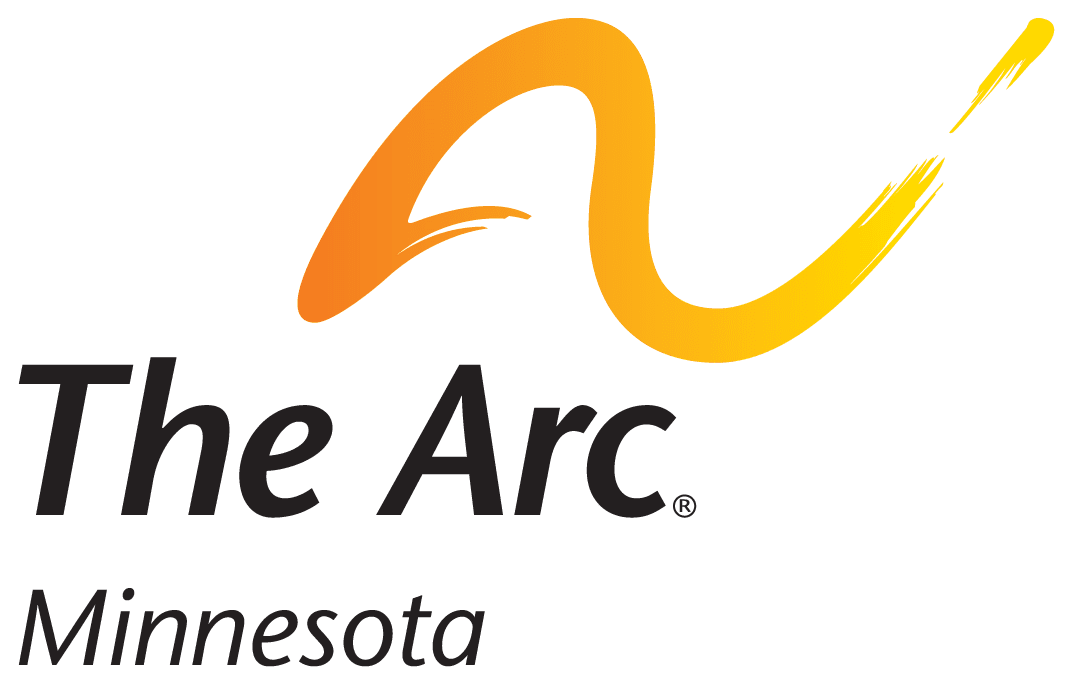What is an IEP?
An Individualized Education Program (IEP) is an annual written plan that provides documentation for students with disabilities receiving special education under the Individuals with Disabilities Education Improvement Act (IDEIA). The IEP includes special education, related services, supplementary aids and services necessary for the students to meet goals and objectives. This guide will provide information on IEPs.
Who is on the IEP team? Who develops the IEP?
The IEP is developed at a meeting by a team of people including:
- The parent(s)
- At least one of the student’s regular education teachers, if the student is in or may be in general education
- At least one of the student’s special education teachers or service providers
- An administrator or someone assigned to serve in their place, who has the authority to make decisions on funding and staff. This is often the principal or a special education coordinator.
- If an evaluation was recently done, an individual who can interpret the evaluation results. The parents or school may invite other individuals who have special knowledge or expertise about the student by request of the parent or school
- The student if their parent wants them to be there. The student must be invited starting at ninth grade.
What does an IEP include?
- How the student is doing academically, socially and on daily living skills, etc. compared with other students including strengths, interests and abilities. This includes concerns of the parent, student or school.
- A statement of the student’s educational needs. This includes information on what the student needs to be learning and doing.
- Annual goals, including academic, social and daily living goals describing what the student will learn. The goals are designed so the student can make progress in the general education curriculum. These should be “SMART” goals:
- Specific – clear, well-defined, understandable
- Measurable – everyone will know when it’s accomplished
- Attainable – student can learn to do it in a year
- Realistic – it makes sense
- Time frame – includes how many times, how long, how often, etc. the student will perform the skill or task
- Objectives that state the steps to achieve each goal.
- Changes to the curriculum or extra supports that will be provided to the student to meet goals and objectives.
- A statement of the student’s need for and specific responsibilities of a paraprofessional or aide.
- A description of any accommodations or changes in state or district-wide testing.
- A written description of services to be provided, including when they will begin, how long they will last, how often they will occur, and where they will occur.
- How the student’s progress on goals will be reported. This must be at least as often as parents of students without disabilities receive report cards.
- Starting in grade 9, the plan must address the student’s needs for transition from high school to life after high school. This specifically includes post-secondary education and training, employment and independent living.
- A Least Restrictive Environment (LRE) statement that explains how much the student will not participate in the general education class and activities and why.
- At the IEP meeting one year before the student turns 18, the team must discuss the student becoming a legal adult.
What happens after the meeting?
Within a reasonable time after the IEP meeting, the parent will receive a Prior Written Notice (PWN), signature page and a draft IEP. The parent must check one of three boxes on the signature page:
- I agree with the proposal and I give permission to the school district to proceed,
- I do not agree with the entire proposal and I do not give permission for the school to proceed, or
- I agree with some of the proposals and object to the following (and specify objections).
The parent must respond on the signature page within 14 calendar days. If the parent disagrees with all or part of the IEP, the school must offer to have another meeting called a Conciliation Conference to discuss areas of disagreement and resolve them. A special education supervisor, coordinator or director will attend this meeting.
If the parent does not respond within 14 days and it is not the initial (first) IEP, the IEP will go into effect.
Resources:
Arc Guides to Education: https://arcminnesota.org/learn-connect/learning-center/education/
Arc Guide to Guardianship: https://arcminnesota.org/resource/arc-guide-to-guardianship/
For further information or advocacy services, contact The Arc Minnesota at 952-920-0855 or toll-free at 833.450.1494 or visit www.arcminnesota.org. (Please note: This document is not legal advice, and should not be construed as such. Thus, no information herein should replace the sound advice of an attorney.)
All rights reserved (c) 2019 The Arc Minnesota
